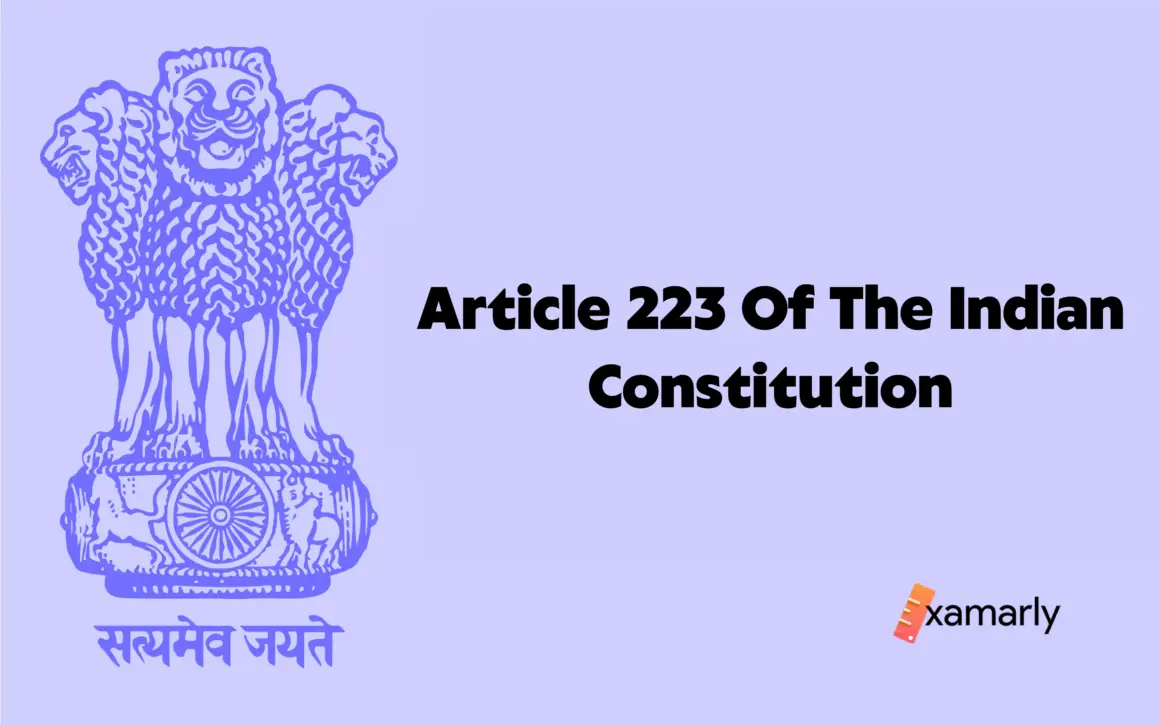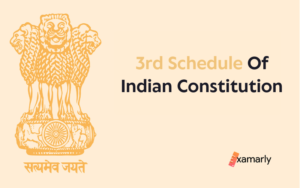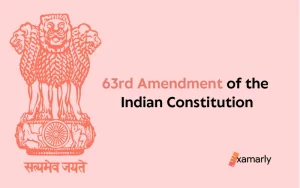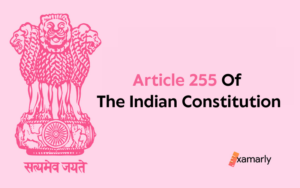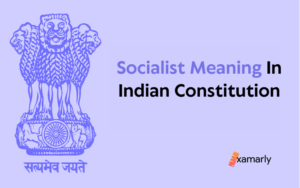Ever wondered what happens to an empty office of the Chief Justice of the High Court? Well, Article 223 of the Indian Constitution has the answer.
It talks about the provisions that have been made to fill in for the highest and most powerful judge in the state legislature, the Chief Justice of the High Court.
Let us dig deep into Article 223 of the Indian Constitution and ensure the best understanding possible of the concept.
What Does Article 223 Of The Indian Constitution Say?
223. Appointment of acting Chief Justice When the office of Chief Justice of High Court is vacant or when any such Chief Justice is, by reason of absence or otherwise, unable to perform the duties of his office, the duties of the office shall be performed by such one of the other Judges of the Court as the President may appoint for the purposes
The clause in Article 223 of the Indian Constitution says that whenever the Chief Justice of the High Court is unable to discharge his duties due to any reason. Then, in his absence, the President of India will assign an acting Chief Justice Of the High Court.
The acting Chief Justice Of the High Court shall have the power to discharge the duties of the office of the Chief Justice of the High Court in his absence.
Related – Article 222 Of The Indian Constitution
Summing Up
We can conclude from Article 223 of the Indian constitution that the President has the authority appoint an acting Chief Justice Of India to ensure the continuation of his office.
FAQs
Name This is India’s 25th High Court.
Andhra Pradesh’s high court is India’s twenty-fifth high court. Amravati, the capital of the Indian state of Andhra Pradesh, is where you’ll find it. This new state arose after the previous one, Andhra Pradesh, was divided to become Telangana and Andhra Pradesh.
Where in India did the country’s judicial system begin?
High courts were established for the first time during British rule. In 1862, the first High Court in India was established in the city of Calcutta. When it was opened, it was called the High Court of Judicature in Fort William.. The Indian High Courts Act of 1861 allowed for its implementation. This jurisdiction covered all of India, including West Bengal and the Andaman and Nicobar Islands.
How many of India’s states do not have their own high court?
Arunachal Pradesh, Nagaland, and the states of Goa and Mizoram are the only ones in this group that do not have their own high courts.
Name There are a total of three Chartered High Courts in India.
The three Chartered High Courts in India are the Bombay High Court, the Madras High Court, and the Calcutta High Court.
Please name two Indian high courts that have jurisdiction over many states.
The Constitution makes no attempt to define or categorise the many types of jurisdiction exercised by the Supreme Court. The high courts in Mumbai and Guwahati have power over more than just the two states they are in. In terms of jurisdiction, the Guwahati High Court covers the states of Assam, Arunachal Pradesh, Nagaland, and Mizoram. The Indian states of Maharashtra, Goa, Dadra, and Nagar Haveli, and Daman and Diu all fall under the purview of the Mumbai High Court.


